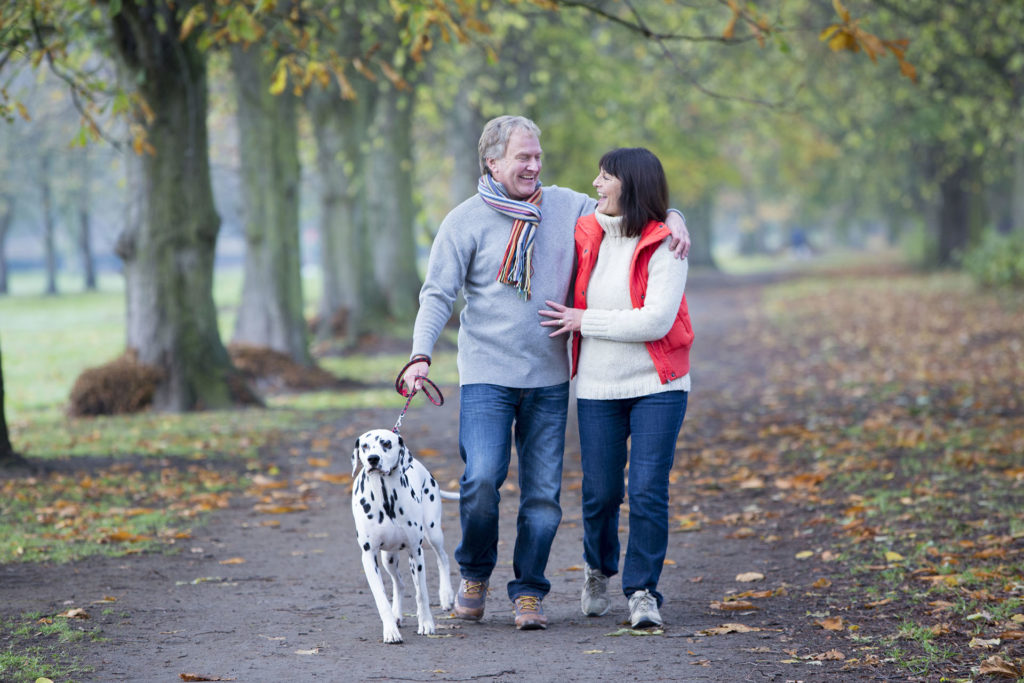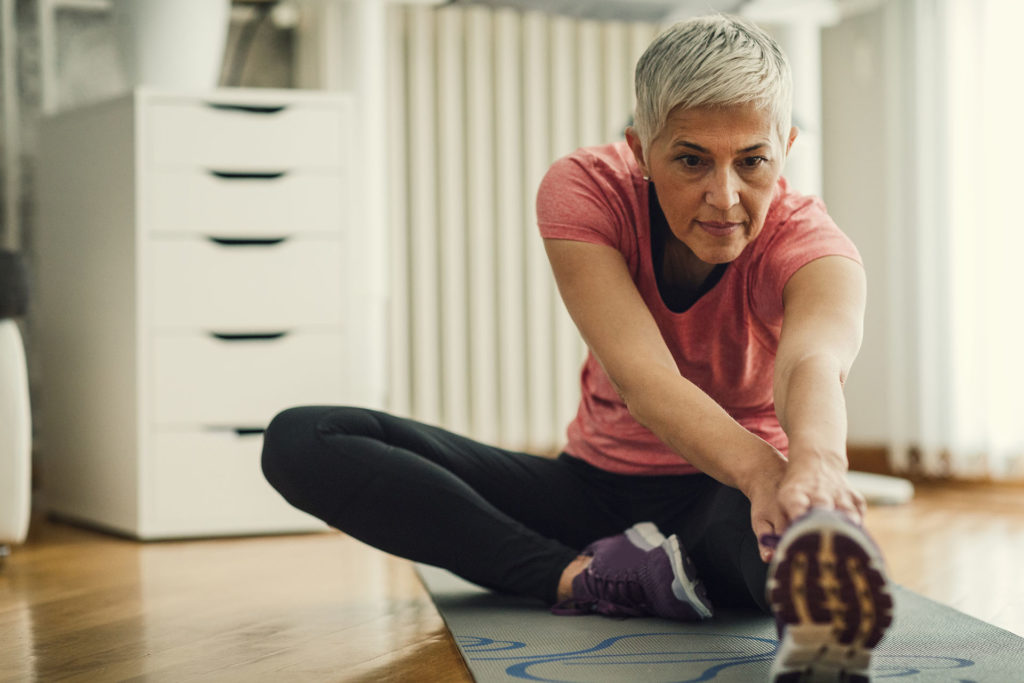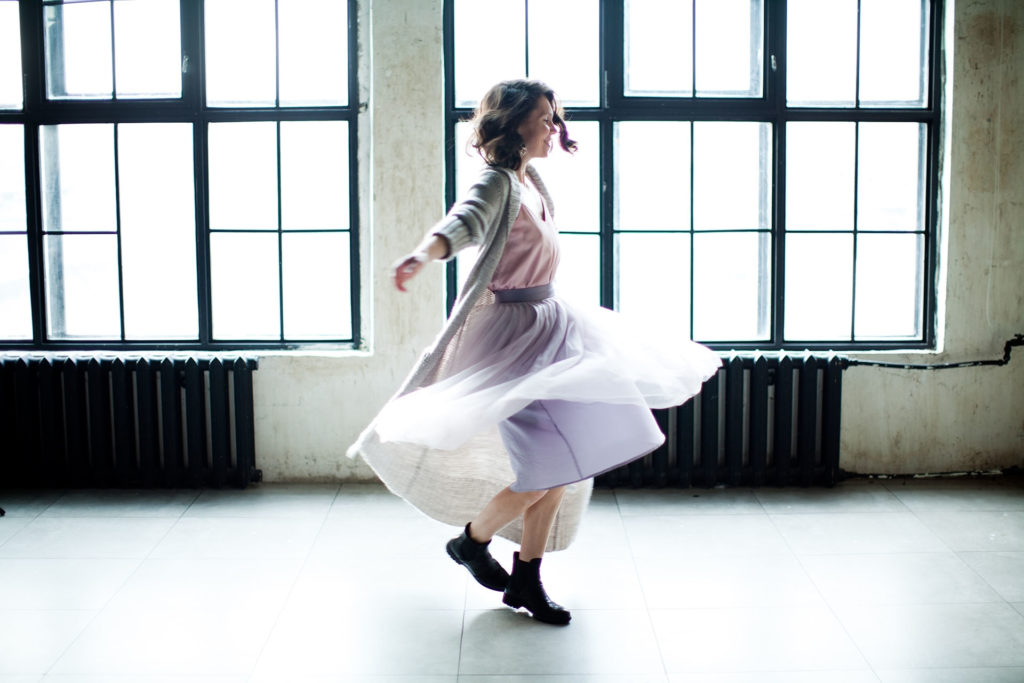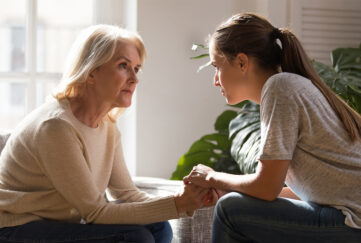Exercising With Varicose Veins – The Dos and Don’ts!
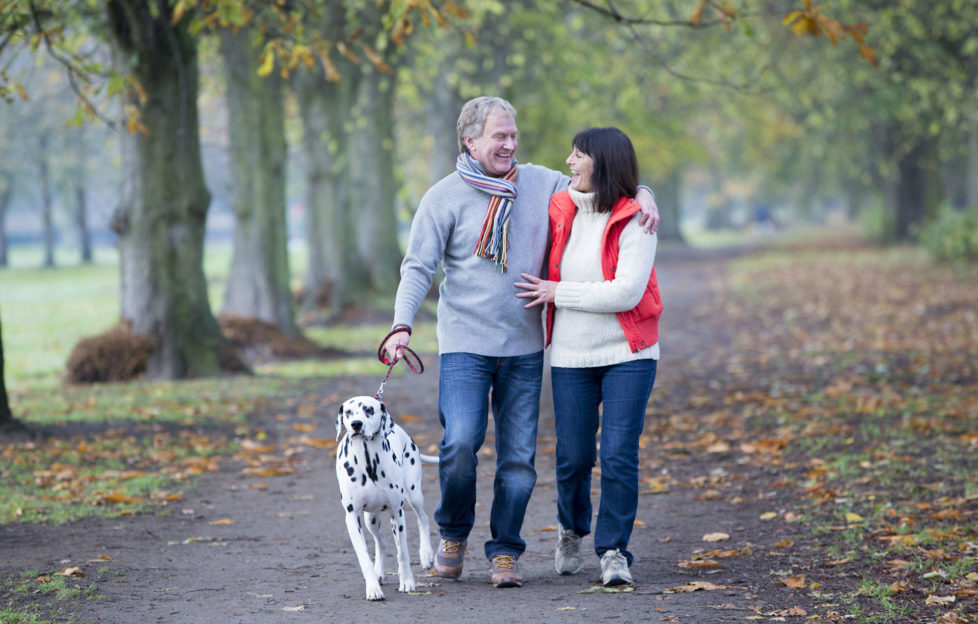
Varicose veins are a hereditary condition, which will affect up to 30% of us in our lifetime. These veins are swollen and enlarged, and may be blue or dark purple in appearance – usually occurring on the legs and feet. For those who have inherited the ‘varicose vein genes’, having a sedentary lifestyle or being inactive for long periods of time may encourage these veins to develop. However, if you already have varicose veins or ‘hidden varicose veins’, inactivity causes them to worsen quicker and increases the risk of complications. This is because the muscles in our legs that normally pump the blood aren’t used very much when we are sitting down and, as a result, the blood pools backwards down the leg veins – causing swelling, discomfort and noticeable varicose veins. With time, this can also result in inflammation and skin damage such as eczema, brown stains or even venous leg ulcers.
To keep their leg muscles in working form and prevent their veins from worsening, people who have an underlying venous condition should try to lead an active lifestyle – however, there are certain exercises that are better for your vein health than others.
So, what exercises are good for varicose veins and which aren’t? Here, Professor Mark Whiteley, leading vascular surgeon and Founder of Whiteley Clinics, reveals some of the exercises that can help varicose veins – and some that can hinder them:
WALKING – DO!
Professor Whiteley says: “Walking is a low-impact activity which stretches and strengthens your calf muscles, and uses the powerful foot pump, helping to improve your blood flow. Not only will this keep the veins healthy, but it will also reduce the risk of varicose veins developing or worsening. To ensure that your leg muscles remain active, try to walk for 20-30 minutes a day – at least 5 times a week. Your veins will thank you for it!”
RUNNING – DO (BUT BE CAREFUL TO RUN ON YOUR TOES)!
Professor Whiteley says: “There’s no denying that running is a great aerobic exercise and can help to increase blood circulation – however, it can have some negative effects on your body too. High impact exercises which are carried out on hard surfaces, like running when you land on your heels, puts a great deal of strain and pressure on your legs and joints. This won’t affect your veins at the time, but if injury stops you exercising in the future, the lack of exercise can aggravate varicose veins and increase the risk of deterioration. Instead of pounding the pavement on a run, try going for regular walks or gentle jogs. Or, if you’re a regular runner and don’t want to give it up, make sure you run on your toes, use lightweight shoes without padding that encourages heel running, and try running on a softer surface, such as synthetic track or grass, to lessen the impact.”
LEG EXERCISES – DO!
Professor Whiteley says: “Gentle leg exercises are a great way to increase the circulation in your legs, without putting any extra pressure on your veins. There are many simple leg exercises that you can do at home without the use of equipment, such as calf pumps, side leg lifts and ankle rotations. Perform these healthy circulation exercises once every few days to keep your legs and veins in tip top condition. Mild exercises like these won’t get rid of your varicose veins, but they can help relieve some of the uncomfortable symptoms or slow down the veins deteriorating.”
WEIGHTLIFTING – DON’T!
Professor Whiteley says: “As blood flows from the leg veins and up to the heart, it flows through the abdomen area. Heavy lifting and straining increases pressure in the abdominal area, which impedes blood from flowing to the heart. This blood then pools back down to the legs, which creates pressure on the veins and exacerbates any underlying venous issues. It is therefore recommended that those with a high varicose vein risk should avoid heavy weightlifting, or any other exercises which causes strain on the abdominal area – such as sit ups with weights. If you enjoy weightlifting and do not wish to give this activity up, try carrying out a greater number of lifts, but with a lighter weight. I would also advise going for a short walk or a bike ride immediately after weightlifting, in order to get your circulation flowing again.”
DANCING – DO!
Professor Whiteley says: “Dancing is a particularly good exercise for leg veins, although exactly how beneficial will depend largely on what sort of dancing is being performed as well as what footwear is being worn. In general, as dancing is a coordinated form of walking, then any dancing steps will give the advantages of coordinated venous pumping that we see with walking. The fact that dancing is performed at a faster rate than walking in the majority of cases, improves the pumping of the venous blood during a dance over and above that that would be found during walking. Some of this advantage is lost if high-heeled shoes are worn as this reduces the ability of the venous foot pump to work, but this is minor compared to the overall benefit of taking rapid steps in a coordinated way. More complex manoeuvres, such as a person being flipped upside down, will further help the blood flow from the foot to the heart both by muscle action as well as gravity.”
CYCLING – DO (BUT ERR ON THE SIDE OF CAUTION)!
Professor Whiteley says: “There are currently no large clinical trials which prove that there is a link between cycling and the formation of varicose veins. However, over the years experts have noticed that many patients with a certain type of varicose vein – caused by perforators – seem to be cyclists. We have recently published a case where a patient straining in a cycle race developed a perforator and varicose veins during a hill climb! Gentle cycling is therefore a more sensible option for people who suffer from, or are at high risk of, varicose veins, as opposed to more high strain or elite forms of cycling. Gentle cycling will help to pump the calf muscles that help with the blood flow through the legs, as well as the rest of your body – without placing stress on your joints and bones.”


